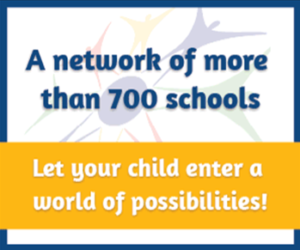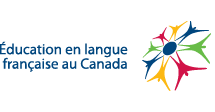Find an institution
A few facts
-
 The French-language school network in minority communities – in other words, outside the Province of Quebec – encompasses 28 school boards located in all of Canada’s provinces and territories except Quebec..
The French-language school network in minority communities – in other words, outside the Province of Quebec – encompasses 28 school boards located in all of Canada’s provinces and territories except Quebec..
-
- These school boards comprise more than 700 elementary and secondary schools that collectively serve some 180,000 students.
-
- French-language education in Canada is supported by a network of services for students ranging in age from early childhood to adulthood.
-
- The French-language education system is based on the concept of the civic community school (CCS), which is founded on the three pillars of success, engagement and an education continuum. A CCS is an educational space fully rooted in the community, yet open to the world. The CCS approach is designed to reach out to students, school staff, parents and all other partners. It promotes their political, economic and socio-cultural engagement in the Francophone community.
-
- More than 7,8 million Canadians – over 20% of Canada’s population – speak French. The proportion of bilingual English-French Canadians is 18.0%. In addition to those in the Province of Quebec, where the prevailing language is French, Francophones are present across Canada. While English and French are still the main languages spoken in Canada, the country’s linguistic diversity continues to grow. (Source: Statistics Canada, 2021 Census)
-
- Some Facts about Canada’s Population and Education Systems – Council of Ministers of Education, Canada
-
- The job placement rate for university graduates is high. Get the most up-to-date statistics on Canadian universities. (Source: https://www.univcan.ca/universities/facts-and-stats/)
-
- According to a study – Le bilinguisme anglais-français hors Québec : un portrait économique des bilingues au Canada) – the Canadian Conference Board considers that employment income is higher for bilingual Francophones, earning on average $5,237 more than non-Francophones.





